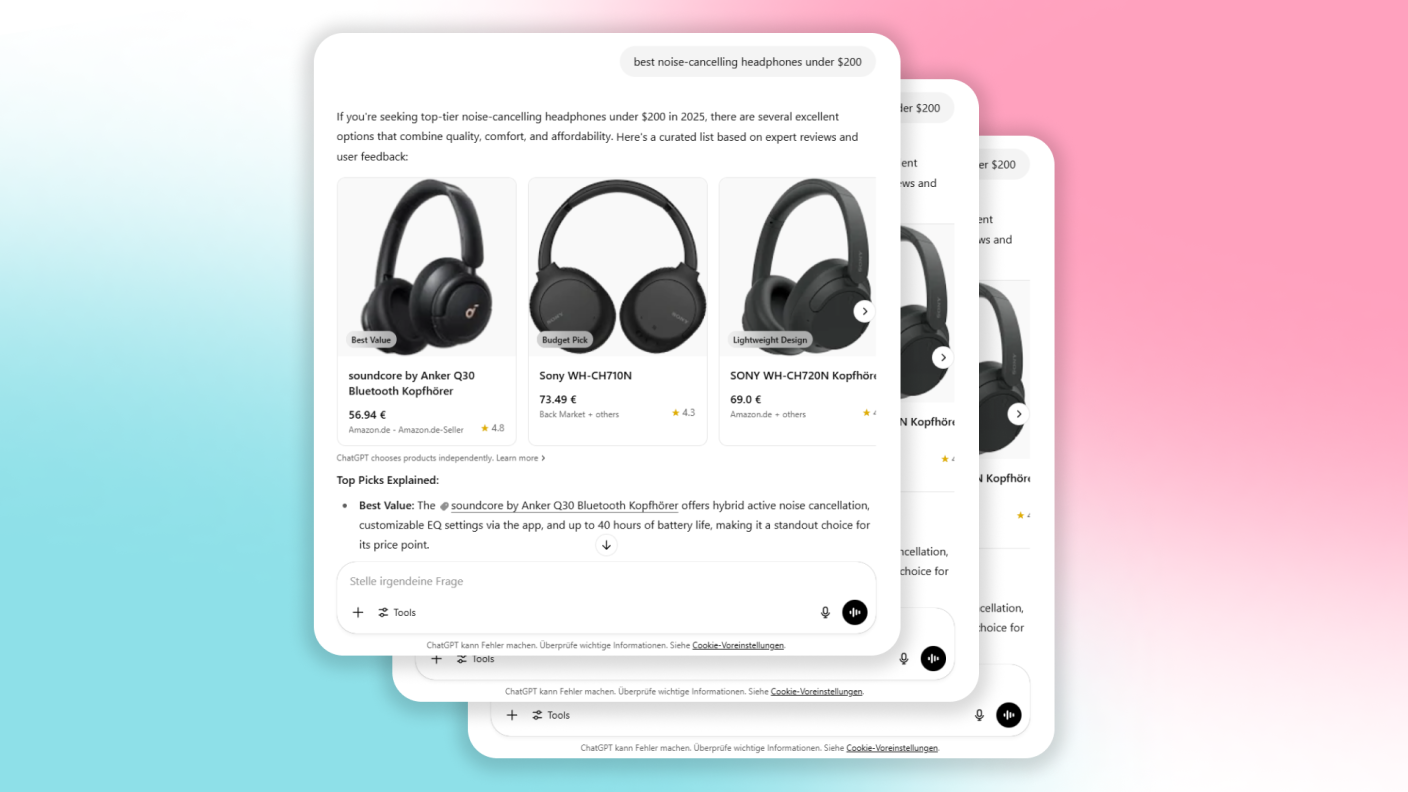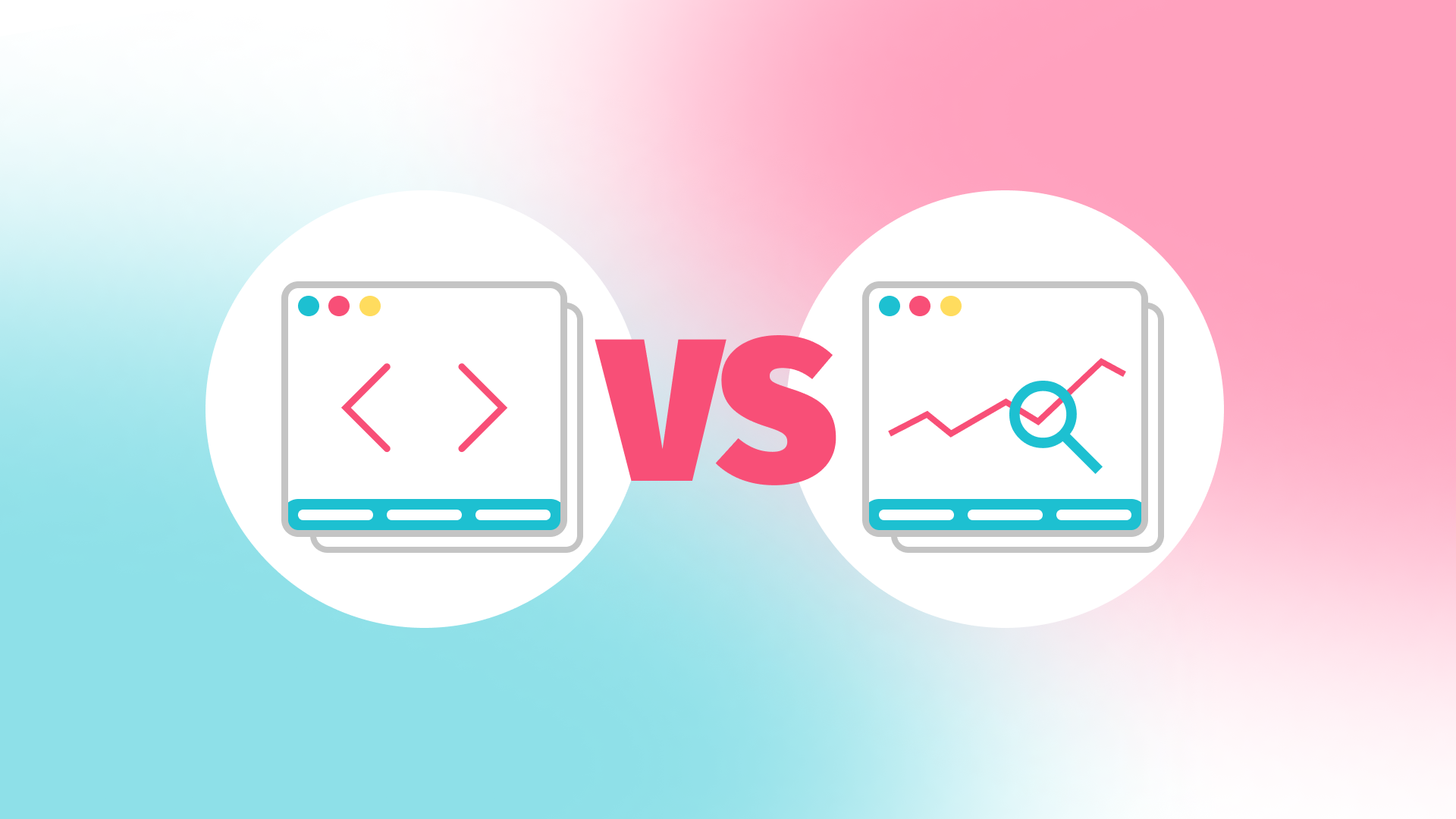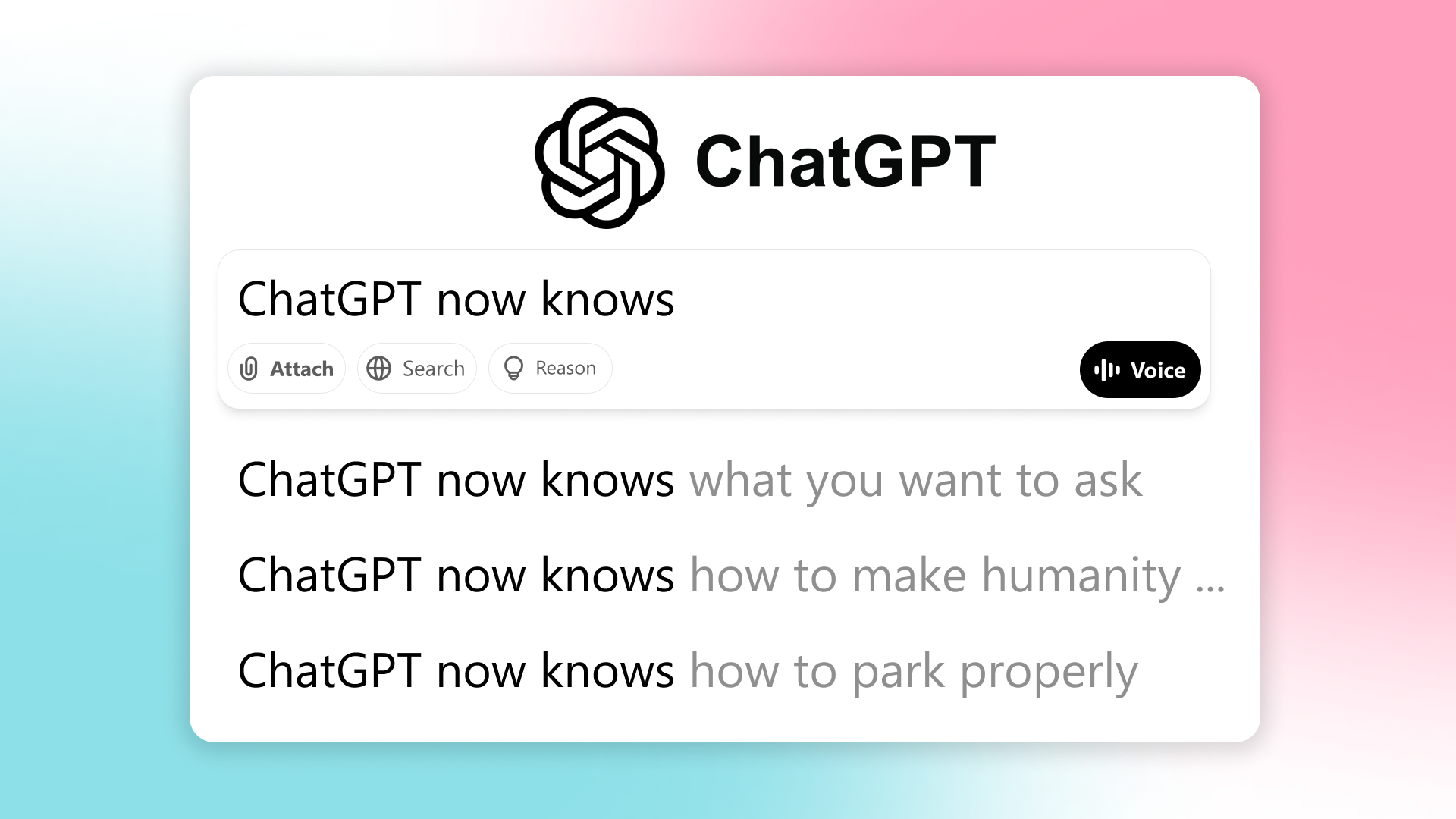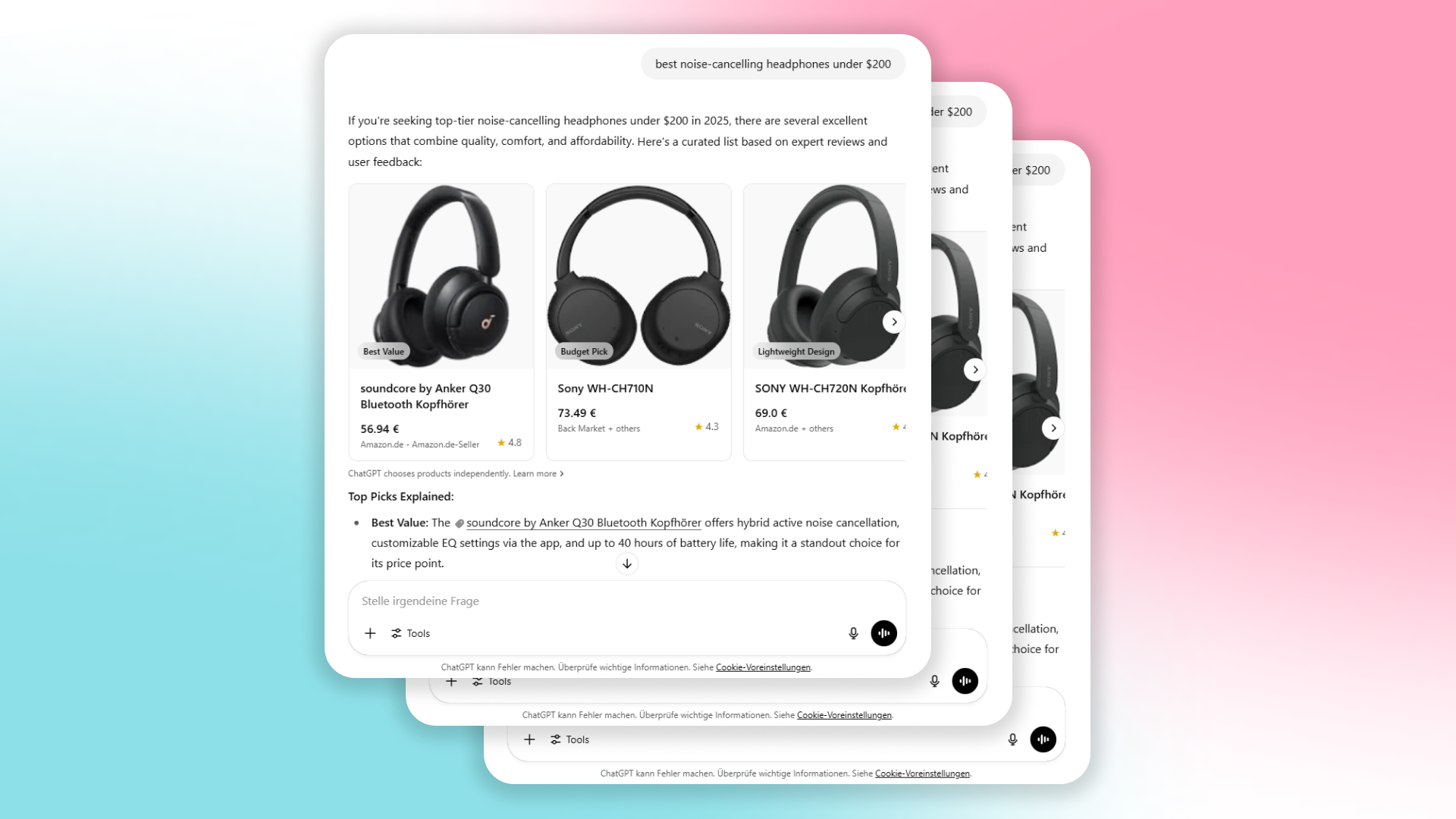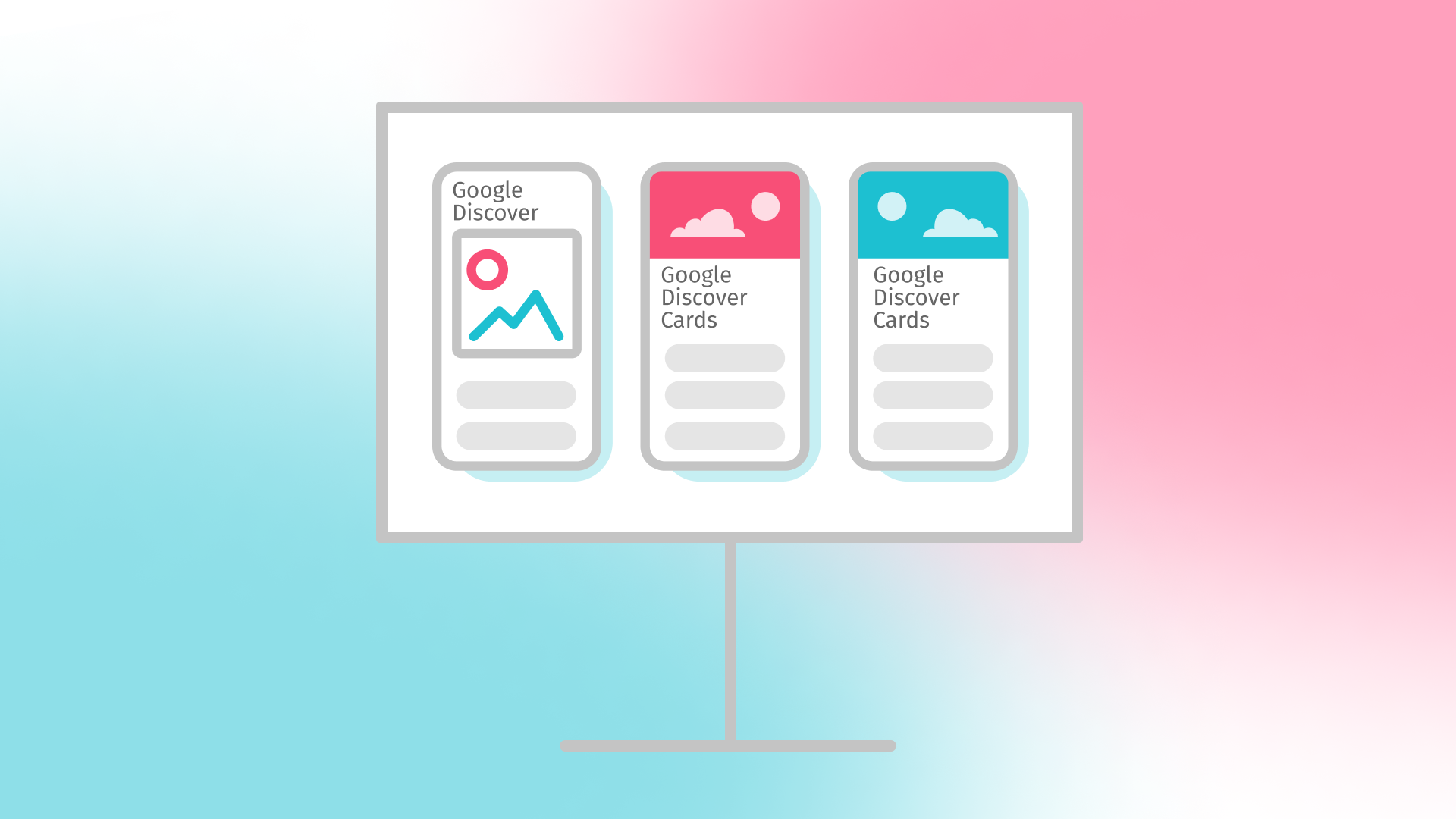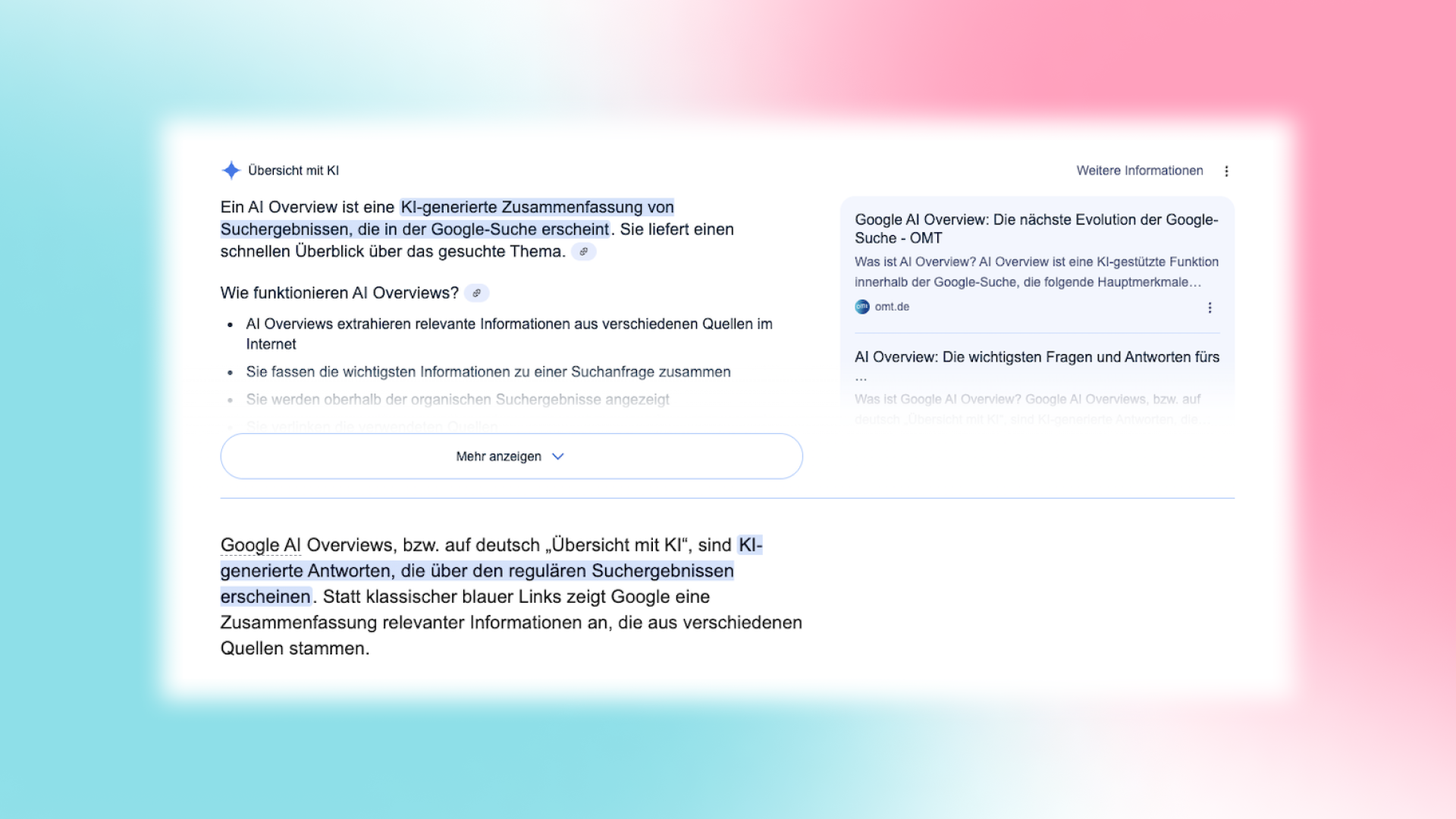Switch now, because the end of Universal Analytics is approaching.
On 1 July 2023, Universal Analytics will expire and no new data will be processed. So it's time to switch to Google Analytics 4. Is your Analytics data important to you? Then make sure that a complete changeover has taken place before the expiry date. We'll tell you what you need to bear in mind. You will also receive an overview of the latest Analytics functions.
What will happen to Universal Analytics from 1 July?
From 1 July 2023, you will still be able to access your Universal Analytics account, but only for historical reporting. No more data will be collected in the future: You will not be able to add users to your target groups, nor will you receive data from products linked to Universal Analytics. The same applies to all target groups and conversions that you use in Google Ads. Campaigns that rely on this data are likely to be stopped. It is therefore important to check the campaign settings so as not to affect performance.
Important: Complete Your Google Analytics 4 Setup
If you have switched to Google Analytics 4, some properties still need to be adjusted to meet your measurement requirements. The Google setup wizard will guide you step by step through the settings so that they are optimised for your company. Other tools are also available to further automate the setup of Google Analytics 4. You can also use the new Google Training Centre to familiarise yourself with the latest version of Analytics.
What's New with Google Analytics 4?
Google Analytics 4 offers you new product innovations that can help you activate your AI-powered insights to increase the ROI for your campaigns. Some of these AI-supported solutions are presented below.
Import Partial Credits into Google Ads
Google Analytics 4 allows you to import partial credits based on data-driven attribution into Google Ads. For example, if a customer clicks on two search ads, a YouTube ad and a newsletter before making a purchase, a partial credit for the ads can be imported into Google Ads regardless of the last touchpoint. This means you can say goodbye to last-click attribution and see the true value of each advert.
Create Google Analytics 4 Target Groups Directly in Google Ads
Google Analytics 4 target groups can also be created directly in Google Ads from this month. This means you can create audiences in the same tool you use to manage your campaigns. If marketers use the predictive target groups, you can also achieve better performance.
For example, the German online retailer Baur has used predictive audiences in its Google Ads campaigns. By using this target group of likely buyers, the retailer was able to increase its conversion rate by 87%. According to the company, 70% of customers were reached through the predictive target group in Google Ads.
New Technologies to Protect Privacy
SKAdNetwork for Cross-Channel Installation Reports and Assignments
To help you better measure and optimise iOS app campaigns, Google Analytics 4 supports you with the integration of SKAdNetwork for cross-channel installation reports and assignments. New tools will be available to you in the coming weeks. For example, you can assign values in the in-app events that are important for your company. This will allow you to better optimise bidding in your iOS app campaigns. However, this bid optimisation is currently only available as a beta version.
Conclusion
The latest product updates have been developed to help you get the most out of Google Analytics. Of course, the new features are only available in Google Analytics 4. So if you haven't made the switch yet, now is the time!
Also take a look at our article on consent mode!


